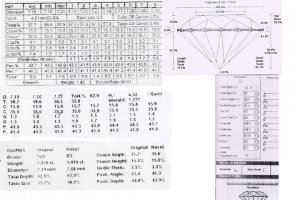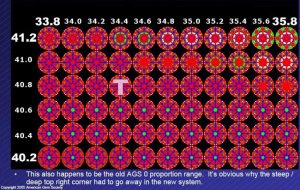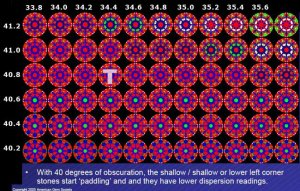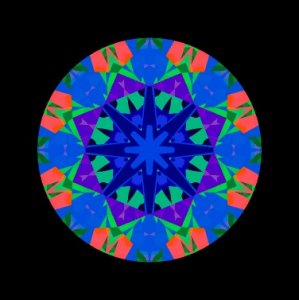JohnQuixote
Ideal_Rock
- Joined
- Sep 9, 2004
- Messages
- 5,212
Date: 1/10/2006 7:01:50 PM
Author: strmrdr
yep.
A lot of consumers have a misconception that the labs work for consumers.
They work for the sellers and are not an independant opinion on the diamonds grade and guarentee nothing.
They get too harsh and the industry will just find someone else to grade the diamonds with lower standards.
Right now ags has a nice niche market for themselves as graders for top cut diamonds so they can afford to be harsh because the market premium lets them.
1. GIA is trying to serve many masters. That seems certain.
2. Big picture: This is good for AGS. A lab of GIA’s size establishing a cut grade (even a broader one) makes AGS more desirable now... It’s an acknowledgment that AGS has been right for HAVING a cut grade these past 10 years.
...The longer GIA doesn’t address questions raised here, the better AGS looks.
...More people will become aware of cut grading now. They will ask questions
...New consumer: “Ok. What is this cut grade part? It says EX. Is EX the best?”
Sellers will have to answer that question where it was not even brought up before, so there is a better chance consumers will become aware of cut grading, including AGS, even if they go find the answers themselves.
















300x240.png)